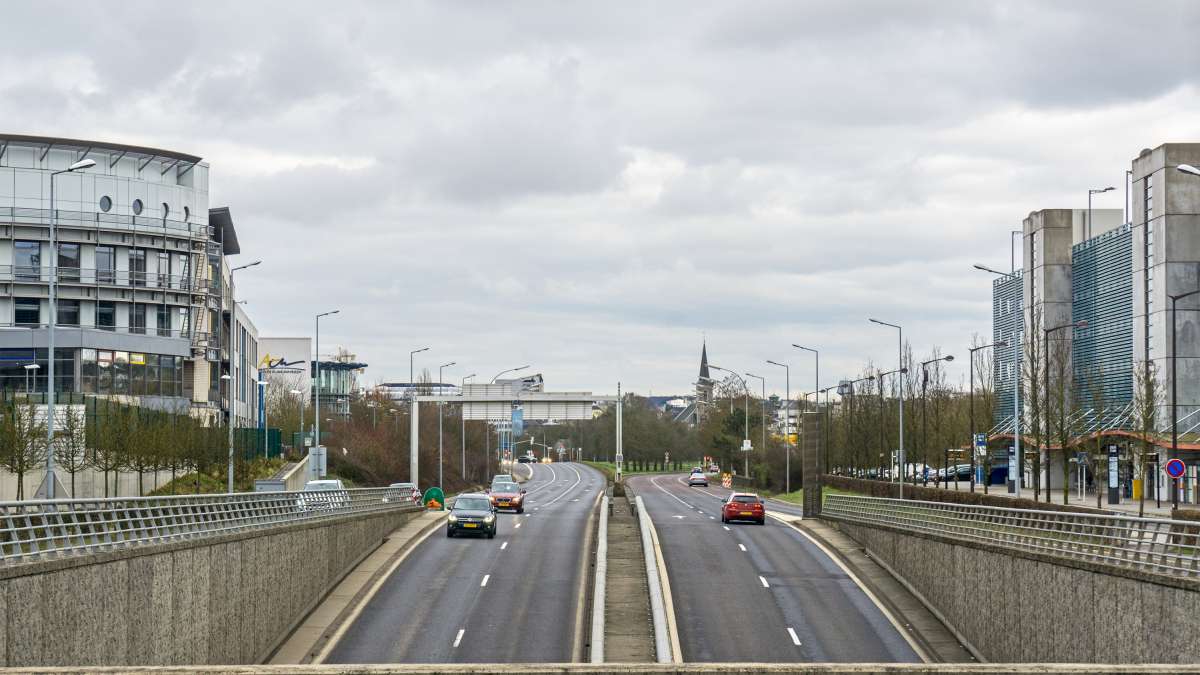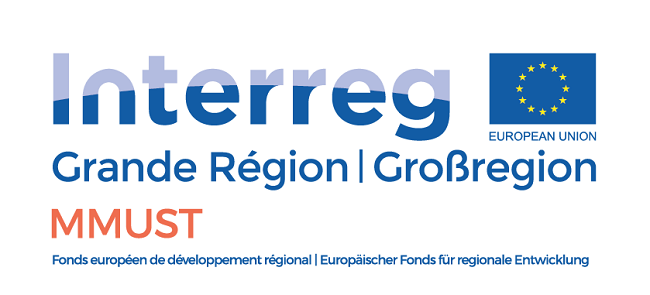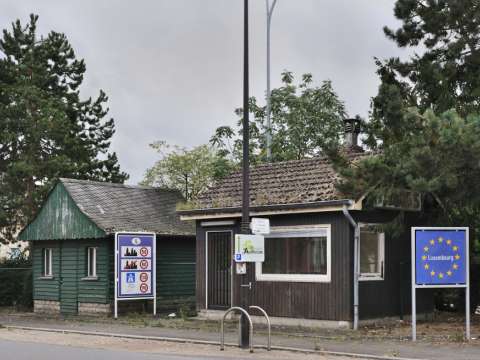

Possessing a tool to share a common vision on cross-border mobility…
The Grande Région straddles four countries (Luxembourg, Belgium, Germany and France [1]) and has the largest number of cross-border workers in the European Union. In 2015, 219,000 people crossed a border daily to their place of work in a neighbouring country.
Within this region, the Grand Duchy of Luxembourg is an increasingly economically attractive region [2], generating significant stress on transport networks, to which each State/Region attempts to respond by adapting the transport offer to user needs. This trend is set to strengthen in the coming years, with the prospect of numerous job creations in Luxembourg and the development of several logistics platforms in the Grande Région [3].
Usually, in terms of mobility, whether of people and/or goods, the preferred decision support tool is the travel forecasting model. Several models of this type exist on both sides of the borders, but they all have limits in their field of use, preventing a global analysis of the cross-border problem and the sharing of knowledge. No model is sufficiently well-developed to analyse, at this scale, the consequences of the economic development of regions on travel and traffic.
It was to address the priority issue of cross-border mobility in the Grande Région that the MMUST project was born. This project, officially launched on 27 March 2018, is led by AGAPE (Agence d'urbanisme et de développement durable Lorraine Nord) and brings together a consortium of study and research centres including Cerema (Centre for studies and expertise on risks, the environment, mobility and development), LISER (Luxembourg Institute of Socio-Economic Research), the universities of Namur (UNamur) and Liège (ULiège), as well as the Ministry of sustainable development and infrastructure of the Grand Duchy of Luxembourg.
…and to assess transport and regional planning and development policies at the scale of the Grande Région
The project has been designed in a collaborative approach, in the sense that each of the six technical operators mentioned above will contribute and bring their expertise to each of the 8 technical actions that structure it:
-
Collection and harmonisation of model input data,
-
Additional surveys,
-
Model construction,
-
Model calibration,
-
Construction of prospective scenarios,
-
Model use and simulation,
-
Organisation of a process to develop a partnership for model use and management,
-
Tool interconnection and data transfer.
The MMUST project is also part of a broad partnership approach, bringing together 16 Belgian, Luxembourg and French partners, public authorities and players in cross-border transport. This close association is essential to allow the sharing of a common vision of the evolution of these regions in the medium term and the collective analysis of the impact of these evolutions on cross-border mobility. Each partner will thus have the opportunity to test different infrastructure projects or land use planning scenarios, national or cross-border, and to measure their impacts on the different areas of the Grande Région.
The MMUST project, amounting to €2.9 M€, received €1.7 M€ from the European Regional Development Fund (ERDF) in the context of the second call for projects of the INTERREG V A Grande Région programme. It will take place over the 2018-2021 period.
Cerema's contribution to the MMUST project

Cerema's recognised expertise in the fields of mobility surveys and multimodal travel modelling at different regional scales led it to be asked to participate in the MMUST project.
It will contribute, alongside other technical operators, to the development of innovative methodologies to meet the challenges raised by this project:
-
Harmonization of mobility and transport data for the three countries,
-
Reconstitution of travel demand over a vast region with very heterogeneous population and activity densities,
-
Being able to reproduce the phenomena of congestion or saturation observed today in the various transport networks and their impact on individual choices of modes of travel and routes.
-
Being able to test cross-border mobility services or travel practices that are little or not developed at present (carpooling, public on-site or high level of service public transport, autonomous vehicles, emerging modes in connection with new technologies, teleworking, etc.).

MMUST is one of the projects selected during the INTERREG VA Grande Région programme.
It is co-funded by ERDF (European Regional Development Fund) to the tune of 1.7 million Euros.
[1] This region covers the Saar, Rhineland-Palatinate (Germany), Lorraine (France), the Grand Duchy of Luxembourg and the Walloon region (Belgium).
[2] The number of cross-border workers travelling to the Grand Duchy of Luxembourg has increased threefold over the past 20 years.
[3] Each region in this space individually carries projects for the development of logistics platforms: the Bettembourg-Dudelange platform in Luxembourg, Athus Container Terminal in Belgium and Ports of Moselle in France.

